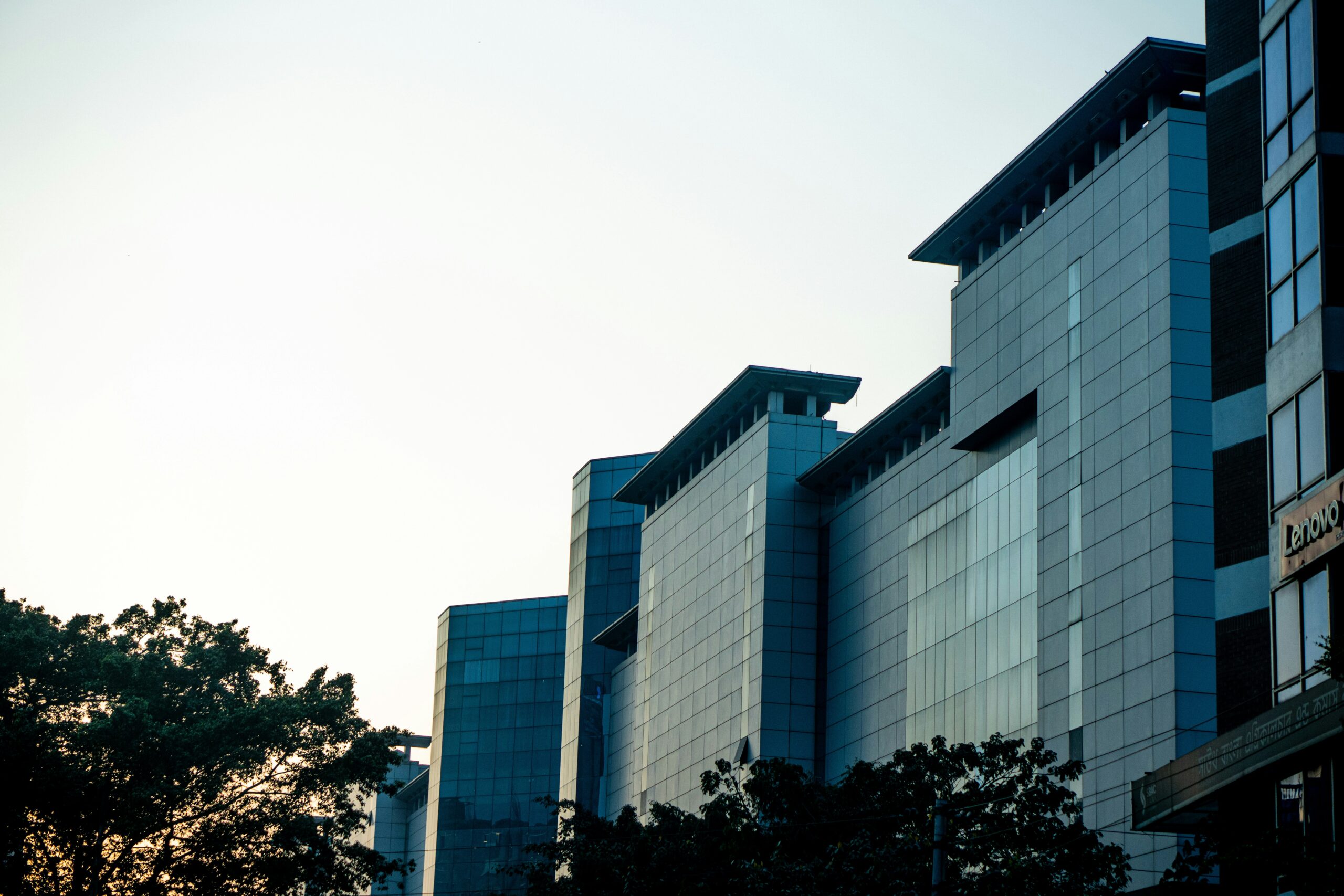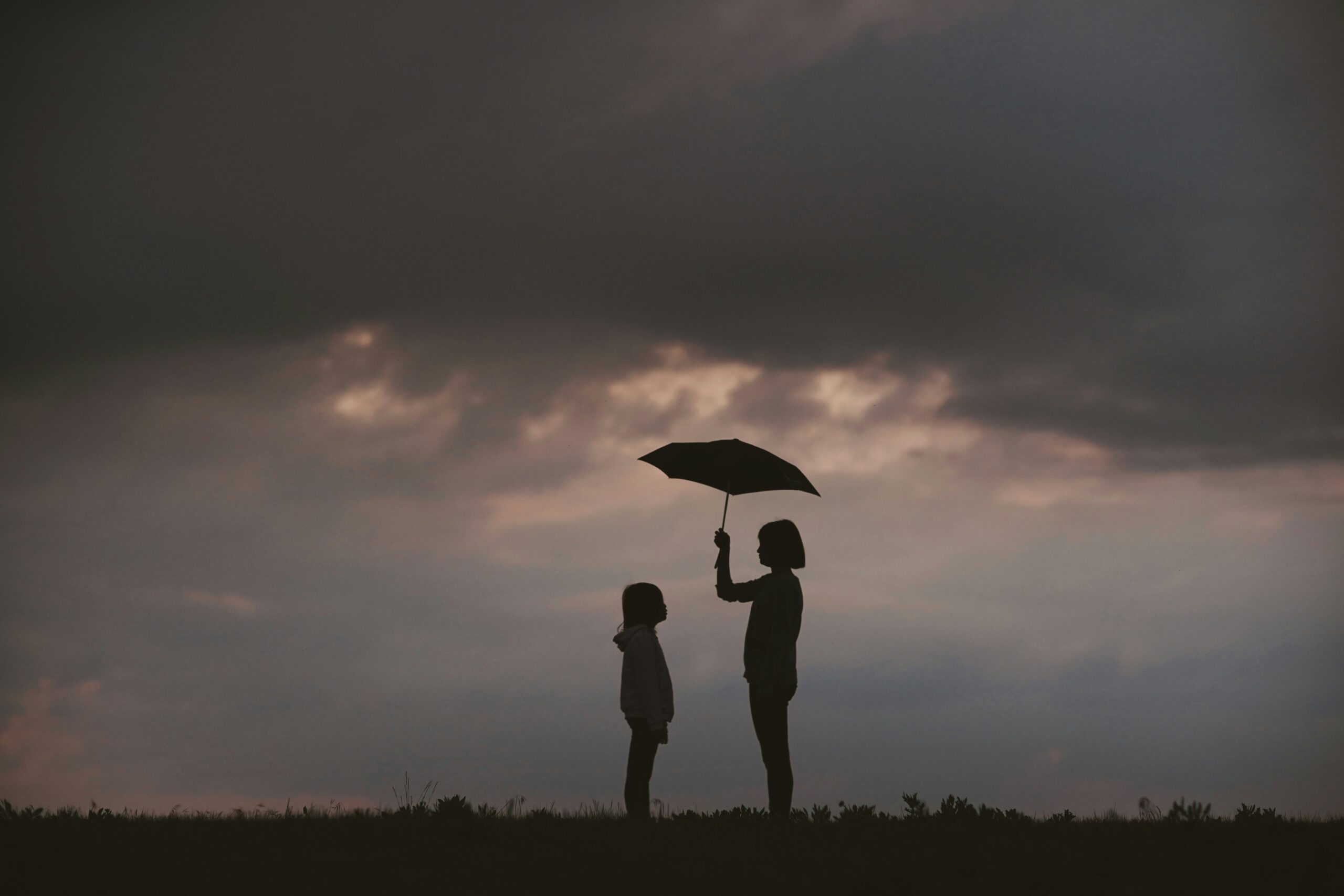Over the years, India has made significant improvements in health outcome indicators. Life expectancy at birth increased to 69.6 years in 2020, from expected 47.7 years in 1970. The maternal mortality rate declined from 301 to 130 between 2003 and 2014-2016, while the infant mortality rate declined from 68 in the year 2000 to 24 in 2016. However, progress is uneven across states, and demographic and epidemiological changes show the country facing a double burden of disease and an aging population.
India’s mixed health care delivery mechanism is both a source of strength and weakness of its health system. The provision of personal curative health services is predominantly carried out by private providers, whereas the government covers a large share of health prevention, promotion, and health education. However, this mixed health care delivery mechanism dominated by private providers has contributed significantly to the rising medical treatment cost by households. Household out-of-pocket (OOP) spending on health services is relatively high, accounting for 48% of current health expenditure (CHE),[1] with a large share going to medicines. This negatively affects the overall performance of the health system and heath financing. As a result, the household financial burden continues to push over 55 million people into poverty each year, with over 17% of Indian households incurring catastrophic levels of health expenditure annually.[2]
India’s commitment to universal health coverage and adapted reforms
The path to Universal Health Coverage (UHC) in India is complex, marked by the challenges of a large population, fragmented governance, and entrenched healthcare structures. Policymakers have made significant efforts to strengthen healthcare infrastructure, resulting in improved health outcomes. However, these efforts must be intensified to effectively design and implement UHC programs to accommodate the rapidly growing population. A holistic approach is crucial for addressing these challenges and ensuring the success of UHC initiatives in the future.



